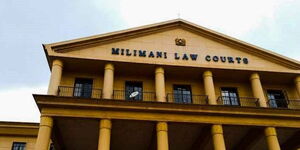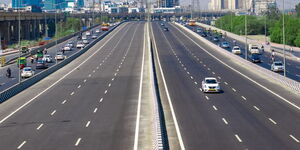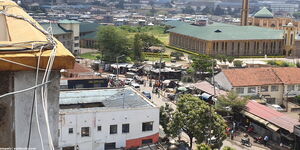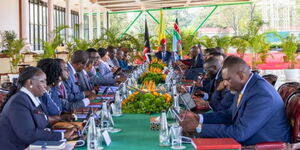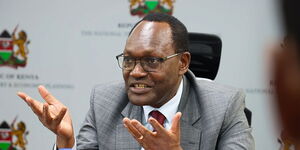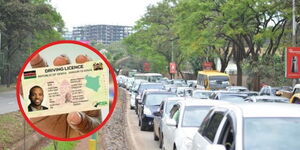Kenya's election is one of the most expensive polls in Africa. The August 9, 2022, General Election will see the country spend Ksh40.9 billion to finance the activities of the Independent Electoral and Boundaries Commission (IEBC).
IEBC, through chairperson Wafula Chebukati, recently called on the government to expedite the release of funds so as to ensure that the electoral process runs smoothly and in a free and fair manner.
The Ksh40.9 billion will be utilised in the continuous voter registration exercise, general administration and planning, electoral technologies, voter education and subsequently conducting the General Election.
In 2013, Kenya spent upwards of Ksh88.8 million shillings to run the polls' body communications office alone. Planning and research cost upwards of Ksh32.2 million.
With the introduction of electronic transmission of the election results, the electoral body has been forced to invest heavily in Information, Communication Technologies (ICT).
In the year 2017, the country held two presidential elections following the decision of the Supreme Court under the leadership of Chief Justice (Rtd) David Maraga, to annul Uhuru Kenyatta's win. This was the country's most expensive election having cost the taxpayer a total of Ksh64.3 billion.
More than 60 per cent of this budget went directly to elections and supportive activities that included the provision of security transport and coordination of the polls.
Compared to other African countries, Kenya's 2017 election was seen as the most expensive with the cost per voter being capped at Ksh2,500. The amount is double what Ghana’s election cost per voter in their 2016 election.
The 2017 cost of one Kenyan voter is twice as expensive compared to what it would cost Tanzania, Uganda and Rwanda combined.
In the same year (2017), Rwanda's election cost an average of Ksh100 per voter, while that of Uganda in 2016 and Tanzania in 2015 cost an average of Ksh400 and Ksh500 per voter respectively.
The repeat presidential poll of 2017 resulted in an adjustment in the budget for both the direct and indirect expenses, pushing up the overall cost to make that election the most expensive in the over five decades of independence.
Out of the total allocation of Ksh64.3 billion for election in the 2016/17 and 2017/18 Financial Years, Ksh53.6 billion or 83.3 per cent of the country’s electoral budget was spent by end of December 2017. This includes Ksh22.4 billion in the first Financial Year and Ksh31.2 billion in the second one.
According to the IEBC post-election evaluation report of 2013, the total funding under donor support was Ksh2.6 billion and the amount was spent on hiring 290 Constituency Logistic Assistants (CLAs), training of security personnel, promoting women empowerment and developing an early warning system for conflict resolution.
The evaluation further learnt that even some of the Regional Accountants lacked adequate public financial management skills to perform complex financial tasks.

